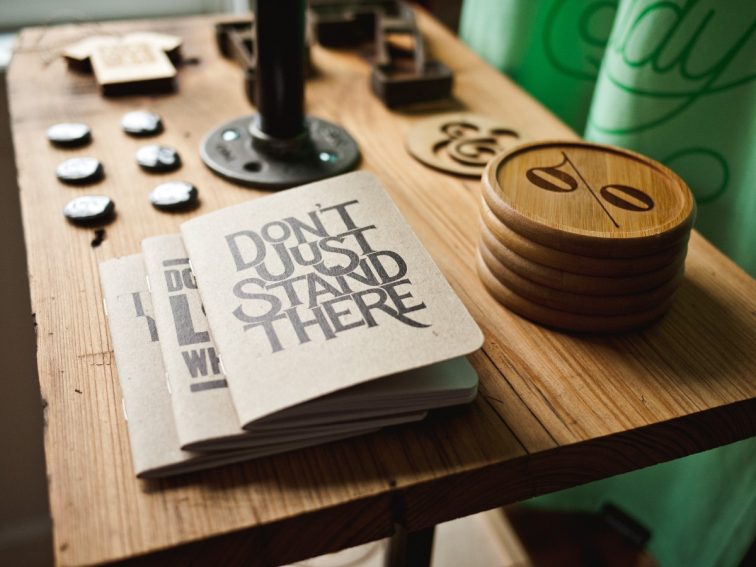How does psychological stress affect the body? We basically have three main stress factors that are within our circle of influence. They are our psychology, our nutrition, and our environment. In that order.
We tend to reduce the factors leading up to a physical symptom. If we "slip" our back we place the cause for that misstep on a sports session or associate a headache or upset stomach with something we have ingested. Often, we fail to see that we lost our optimum resilience somewhere along the line and a pain that shows up is just the last drop in the bucket; but how do disease, discomfort and pain symptoms set in? Is it possible to lay out a basic functioning of well-being and what mechanisms are involved when we deviate from it?
Various pains are often felt in the musculoskeletal system. When symptoms start appearing in the digestive, nervous and/or endocrine system it generally means they have become chronic and are, therefore, all the more dangerous. Pain doesn't just appear in the musculoskeletal system-- think of back, neck, hip, wrist and shoulder pains. There tends to already be a toxic build-up, through emotional stress, nutrition, or environment, which has put things off balance.
Psychological Stress Build-up in The Organs
Any toxic build-up will most likely collect first in the digestive system and the nervous system. As our organs are for the most part sensory innervated (afferent nerves), pain isn't usually felt unless things are really wrong. What does happen is that organs under stress lose their movement in relation to surrounding structures; this puts strain and tension on the nerves that innervate them and inhibits their own inherent movement. This, in turn, creates tension patterns which result in referred pains appearing somewhere else in the body.
To illustrate this with an example: When the liver becomes congested and its mobility is inhibited, it puts strain on the nerves that innervate the liver, the vagus nerve and indirectly the phrenic nerve, resulting in pain in the middle and upper neck and possibly spreading towards the shoulder or wrist on the right side. This causes strain on the connective tissue ligaments towards the stomach, right kidney and diaphragm, reduce optimal functioning of these structures and most likely, in the first stages, show up as pain between the lower end of the should blades.
The liver has innervations also through the hepatic plexus connecting to the thoracic vertebrae 7 to 10, again the region between the shoulder blades.
So pain is reported in the mid-back and mid-neck, but we can see from this example that there are other factors at play. Psychologically and energetically a congested liver relates to unresolved issues of anger, irritability and/or indecisiveness.
Live, Kidneys, and Psychological Stress
When we happen to feel emotionally "low" we also tend to eat food which resonates with our state, thereby furthering toxic build up through nutrition. As the liver and kidneys are main organs in cleansing and detoxing the body, they are most likely to be the first in line to be affected by multiple pathological symptoms ensuing from them.
The kidneys are supported by two core muscles, the psoas and quadratus lumborum, that are concerned with posture, pelvic and back stability, and which indirectly affect breathing.
Energetically and psychologically kidneys relate to deep energy storage: sexuality and deeper fear issues. Tension build-up in the kidneys would result in tension build-up in these core muscles, the psoas and quadratus lumborum, which in turn would result in lower back pains, constriction in breathing, and change in overall posture. If one kidney is more affected then the other, this would show up as pain on one side of the lower back, unequal hips, and one leg that "appears" to be shorter.
The body will try to compensate and give support as much as it can by tensing various muscles till the system is required to compromise too much. When pains start to show, it is our wake-up call to take action.
Food, Nutrition, Environment and Psychological Stress
Pain that is felt in the musculoskeletal system is often referred pain coming from congestion of an organ which in turn is directly related to lifestyle; your psychology, nutrition, and environment. From a nutritional point of view, I would say the liver and kidneys are the first to be affected by a toxic build up. From there, symptoms could divert to other organs. You can’t, however, really separate nutrition from two other main factors; your psychology and environment. That’s where it becomes a bit more complicated as there can be multiple factors at play. For example, someone can have a healthy diet, exercise regime and live in good circumstances, but holds on to a past trauma which affects the large intestine, resulting in chronic backaches. Psychologically the large intestine is related to either letting go or holding on to something.
Or one is fairly emotionally stable, eats healthily but happens to live close to a waste-processing plant and develops skin and lung problems.
More often, however, especially in our current society, we are affected on all three levels. We are exposed to food that is toxic or has little nutritional value, our environment is not natural and exposes us to high levels of stress and radiation, and psychologically we tend to avoid issues rather than deal with them.









